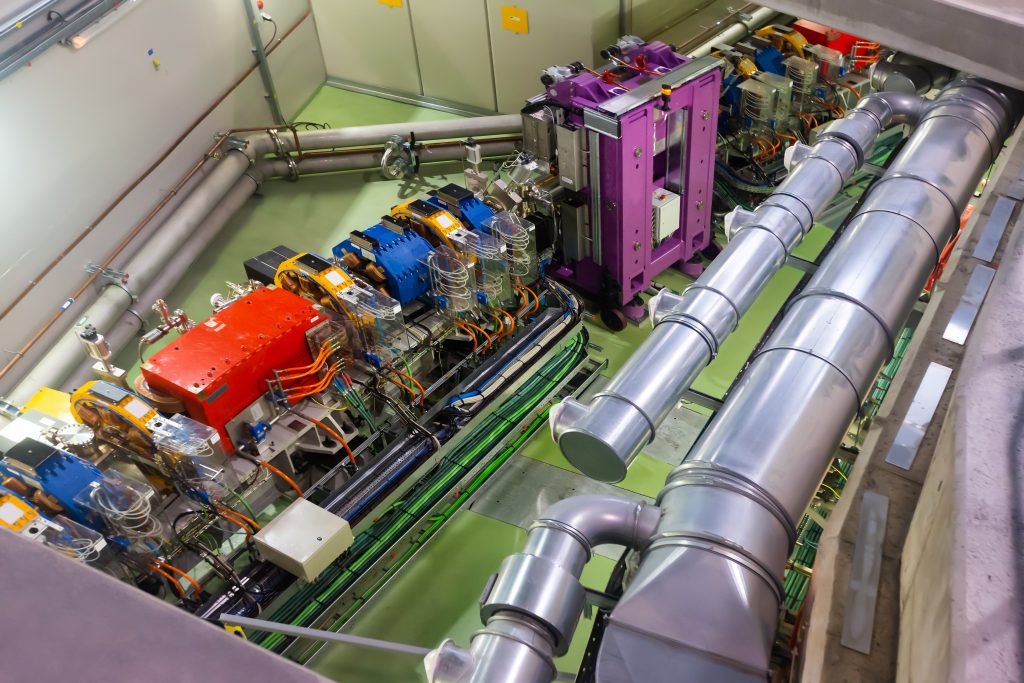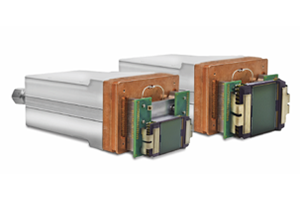DiProl beamline
arXiv
Introduction
Magnetic thin film materials play an important role for technological developments in sensing and memory elements. Using X-Ray scattering the structure and dynamic behavior of the magnetic films can be studied to understand their behavior in more detail.
Thin ferromagnetic films show interesting physical behavior and are considered to be of great interest for future sensing and memory applications. In a recently published report an international team of researchers in France, Italy, Slovenia and the UK report on some of their efforts to better understand the microscopic magnetic properties of thin film ferromagnetic materials and sandwich structures of ferromagnets and non-magnetic materials. These materials can show complex behavior such as formation of magnetic chiral structures and skyrmion lattice phases that are important for their physical behavior. The researchers were in particular interested in the dynamic formation of magnetic domains showing these complex structures.

To measure the magnetic characteristics of magnetic thin films one can use magnetic circular dichroism, where left and right circular light beams show different scattering behavior depending on the magnetization of the material. The researchers use magnetic dichroism to measure time resolved X-Ray magnetic scattering at the DiProI beamline of the FERMI free-electron laser in Trieste, Italy. The measurements utilize a pump probe measurement scheme where they induce demagntization in the sample material using a short 100fs laser pulse at 780nm, followed by a 60fs X-Ray probe beam at 20nm wavelength. This arrangement is sensitive to the magnetic rearrangement after the hit with the NIR pulse on picosecond timescales.
The X-ray reflected x-ray diffraction pattern is recorded by imaging with an in vacuum CCD (Princeton Instruments MTE 2048) that sits in close vicinity to the sample (12cm distance) to cover a large angular region of diffracted radiation. Imaging the different diffraction patterns of left and right circular polarized X-Rays can be used to determine the domain wall width and their dynamic behavior from the image data.
Conclusively the technique used by the research team was successful in detecting magnetization and domain properties in thin film ferromagnetic materials on picosecond timescale.

